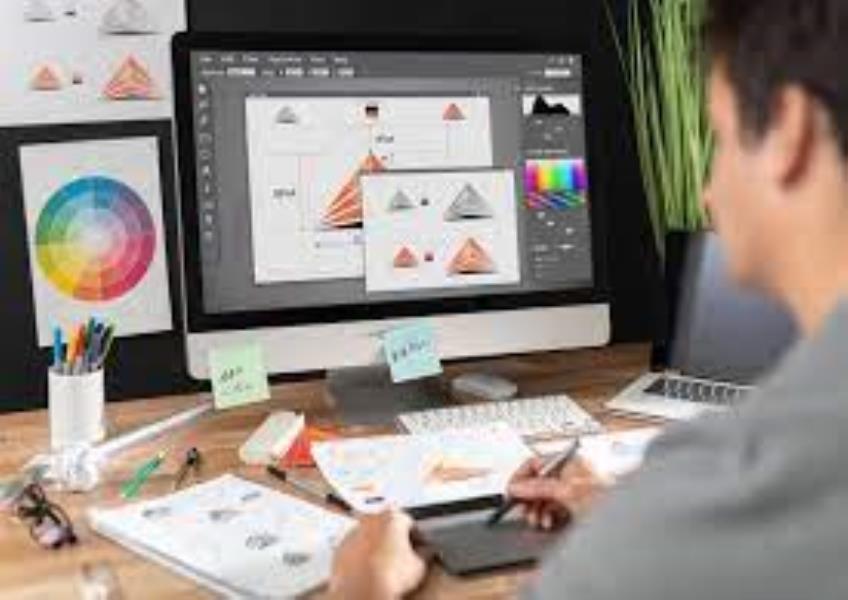Get the latest updates From BL Soni College Bhilwara

How can graphic design be used to create visually appealing promotional materials?
Graphic design plays a crucial role in creating visually appealing promotional materials that capture the audience's attention and effectively convey your message. Whether you're designing flyers, posters, brochures, or digital graphics for online promotion, here are some key principles and tips to consider: Understand the Purpose and Audience: Identify the primary goal of your promotional materials. Is it to inform, persuade, entertain, or educate? Understand your target audience's demographics, preferences, and needs to tailor your design to their interests. Create a Strong Visual Hierarchy: Organize content in a way that guides the viewer's eye naturally. Prioritize the most important information. Use contrast in size, color, and typography to establish hierarchy. Choose an Appropriate Layout: Select a layout that suits the content and purpose of your promotional material. Common layouts include grid-based, asymmetrical, and modular designs. Ensure proper spacing and alignment for a clean and organized appearance. Color Selection: Use a color scheme that aligns with your brand or the event/product you're promoting. Consider color psychology to evoke specific emotions or associations related to your message. Typography: Choose fonts that are legible and appropriate for the context. Typically, use two or three fonts to create contrast and hierarchy. Ensure consistency in font size and style throughout the design. Imagery and Graphics: Incorporate high-quality images, illustrations, or icons that are relevant to the content. Ensure that visuals complement the message and enhance the overall design. White Space: Embrace white space (or negative space) to give your design room to breathe. It helps prevent clutter and improves readability. Branding Elements: Include brand logos, colors, and any other relevant branding elements to maintain consistency and brand recognition. Call to Action (CTA): If applicable, include a clear and compelling CTA that tells the audience what action to take next (e.g., "Buy Now," "Learn More," "Register Here"). Use Visual Consistency: Maintain a consistent visual style across all promotional materials to reinforce brand identity. Create templates or style guides to ensure consistency in future designs. Simplicity and Clarity: Keep the design simple and avoid unnecessary complexity. Clarity should be your top priority. Use straightforward language and avoid jargon or confusing messaging. Mobile-Friendly Design: Ensure that your design is responsive and looks good on various screen sizes, including mobile devices. Print Considerations: If designing for print, make sure your artwork meets the specifications required by the printer, including resolution and color mode (CMYK for print, RGB for digital). Testing and Feedback: Test your design on a small sample audience or gather feedback from colleagues and peers to refine it before finalizing. Print and Distribution: If your promotional materials are intended for physical distribution, work with a reputable printer and consider the quantity needed. Digital Promotion: Optimize digital graphics for web and social media platforms, adhering to their size and format guidelines. Use online advertising tools to target specific audiences if applicable. Measure and Analyze: After launching your promotional campaign, monitor its performance using analytics tools to evaluate its effectiveness. Remember that the key to creating visually appealing promotional materials is a combination of design expertise, understanding your audience, and aligning your design choices with your brand or campaign objectives. Continuously refine your design skills and stay updated with design trends to create impactful and engaging promotional materials.


